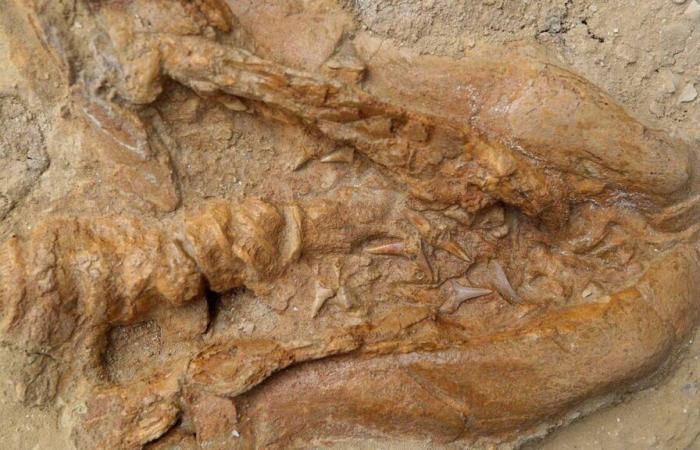With the help of micro-caps, the authors of this study published in the journal Nature Communications observed the decomposition of bodies, studying the surrounding chemical environment, and in particular the balance between the conditions rich in oxygen (oxidizing) and oxygen (reducing).
The results show that larger animals and those with higher protein content tend to create oxygen -poor conditions more quickly, which are crucial for fossilization. They slow down decomposition and trigger chemical reactions such as mineralization or tissue replacement with more durable minerals.
Different destinies
“This means that, in the wild, two animals buried side by side could have very different destinies as fossils, simply due to differences in size or bodily chemistry,” explains Nora Corthésy, doctoral student and main author of the study, quoted Thursday in a UNIL press release.
One could thus disappear completely, while the other would be immortalized in stone. According to this study, animals such as large arthropods will thus be more likely to be preserved than small planar or other aquatic.
“This could explain why the communities of fossil dating from Cambrian and the Ordovician (approximately -500 million years) are dominated by arthropods,” said Nora Corthésy.
This new analysis, in addition to helping to explain the unequal nature of the fossil register, offers a precious overview of the chemical processes that shape ancient life. By highlighting the factors that determine the fossilization of soft tissue, it allows you to better understand the formation of exceptional fossils and the reason why we only see fragments of the past.
Sediments and salinity
“Laboratory study helps to know if a fossil is absent because the animal was not there or because it did not keep well. If an animal breaks down quickly, its absence is probably due to poor conservation. If it decomposes slowly, it is more likely that its absence is ecological, that is to say that it is a real absence of the original ecosystem, “notes Nora Corthiesy.
In addition, “some sediments can facilitate the preservation of organic matter, which gives clues to the most favorable deposits to find fossils. Other factors such as salinity or temperature can also play a role, ”concludes the researcher.








